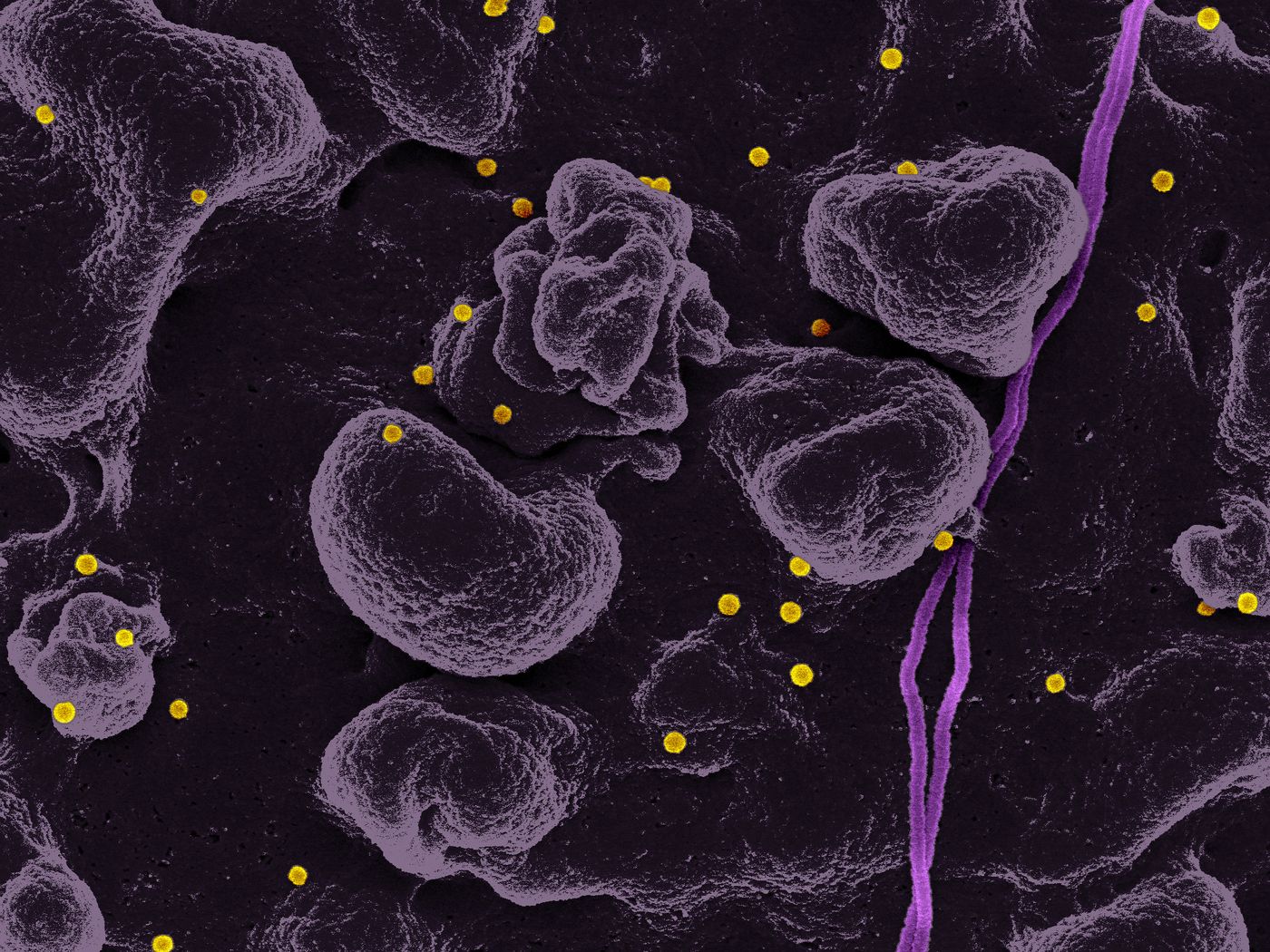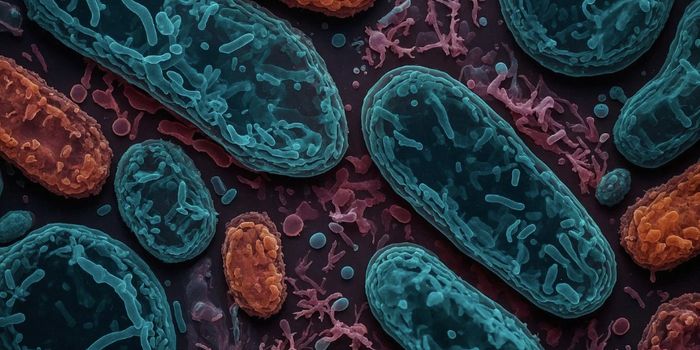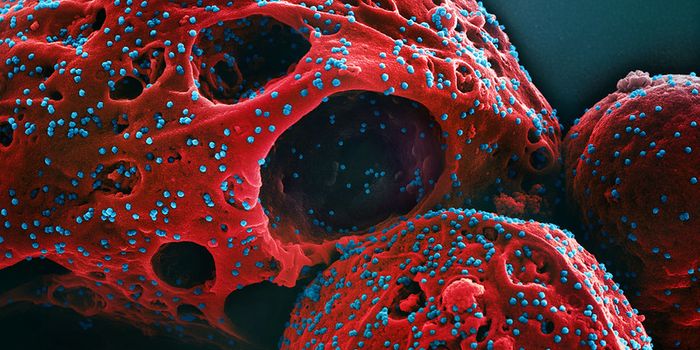A 'Bispecific Antibody' to Fight Crimean-Congo Hemorrhagic Fever
Crimean-Congo hemorrhagic fever (CCHF) is a deadly disease, which is fatal in about 30 percent of cases. It's caused by a virus that spreads primarily through tick bites, and it may one day spread to more regions of the globe as the tick that carries it is found in more locations. The World Health Organization has named it a priority for vaccine or treatment research. Scientists have now learned more about the structure of one of the proteins the CCHF virus (CCHDV) uses to enter cells, as well as how antibodies block that entry mechanism. This data, reported in Science Advances, may help researchers develop preventive treatments or therapeutics for CCHF.
The neutralizing antibodies that were studied in this research were previously collected from patients who recovered from CCHF. A detailed study of the structure of the interaction between the viral protein and the antibodies was performed. A structural approach could unlock the secrets of viral proteins, noted co-corresponding study author Jason McLellan, a professor at The University of Texas.
The portions of the patient antibodies that bind the virus were isolated and combined to create a bispecific antibody, which was able to clear infections in a mouse model of CCHF, and prevented infection in healthy mice exposed to the CCHF virus. The researchers are now working to create a more stable version of the bispecific antibody.
It may be possible to use antibodies like this one as a preventive measure, but they would only protect an individual for a few weeks or months after they received it. Bispecific antibodies may also help CCHF patients to recover from the illness faster, or decrease the likelihood of mortality. Hopefully, this research will also lead to the development of a vaccine that can protect those who live in the areas where the disease is endemic. The most cases occur in the Balkan peninsula and Turkey right now.
CCHFV uses glycoproteins Gn and Gc, which make up a heterodimer, to enter host cells. In this study, the researchers revealed the structure of the Gc protein before it fuses with the host cell. This was done by preventing infection with the neutralizing antibodies that were bound to the Gc protein. The researchers also investigated the viral protein's shape after fusion with the host cell occurred, and learned more about how the bispecific antibody stops the Gc protein from shifting into another form, while the other part of the antibody keeps it from locking on to the host cell membrane.
“Crimean-Congo hemorrhagic fever is a terrible disease and is endemic in Africa, Asia and Europe, without any approved vaccines or antibody therapies to date,” said McLellan. This work may help change that.









